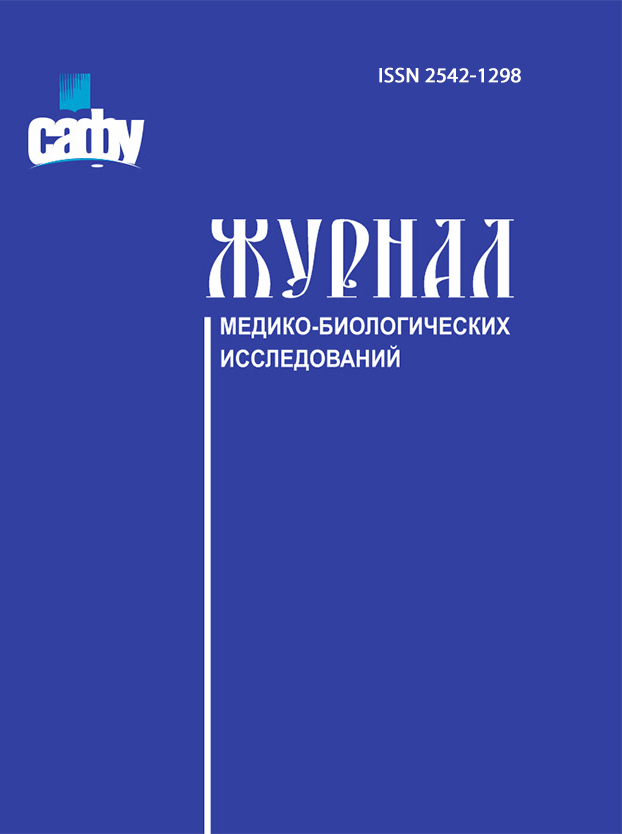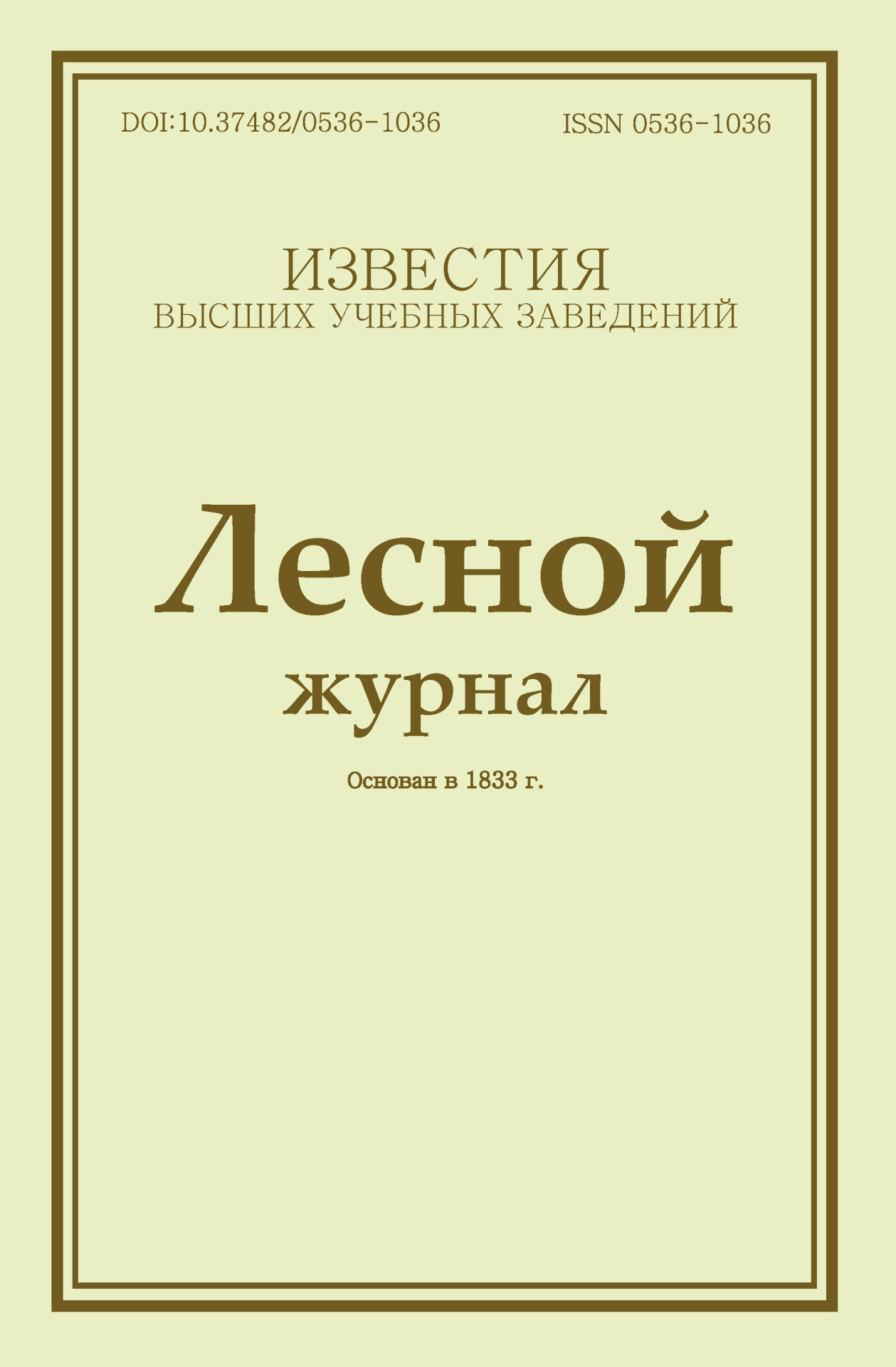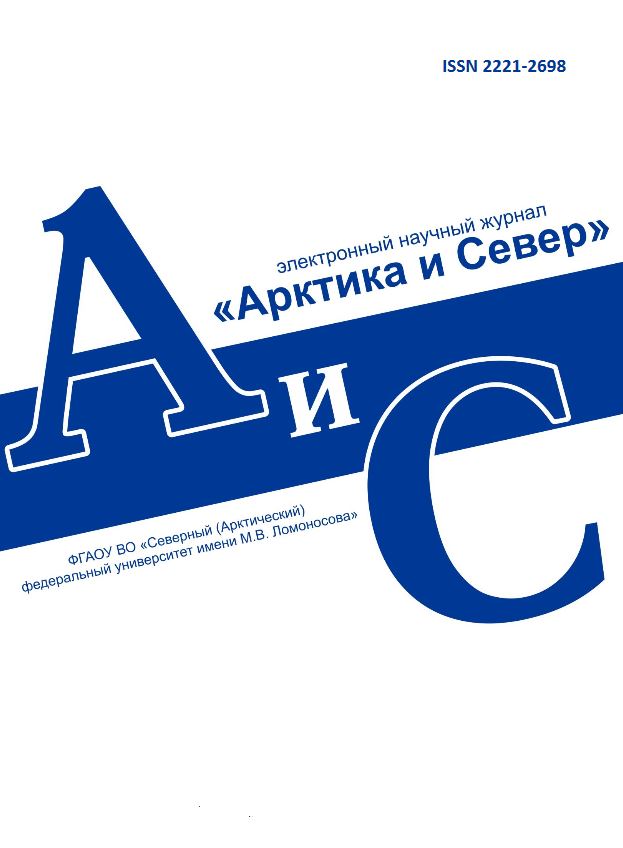
Vestnik of Northern (Arctic) Federal University.
Series "Humanitarian and Social Sciences"
ISSN 2227-6564 e-ISSN 2687-1505 DOI:10.37482/2687-1505
Legal and postal addresses of the founder and publisher: Northern (Arctic) Federal University named after M.V. Lomonosov, Naberezhnaya Severnoy Dviny, 17, Arkhangelsk, 163002, Russian Federation Editorial office address: Vestnik of Northern (Arctic) Federal University. Series "Humanitarian and Social Sciences", 56 ul. Uritskogo, Arkhangelsk
Phone: (8182) 21-61-20, ext. 18-20 ABOUT JOURNAL |
Publication in a peer-reviewed journal is a direct reflection of the quality of the work of authors, their institutions and editors of the journal. Therefore it is important that all the parties involved in the publishing process – authors, members of the Editorial Board, peer reviewers and editors – collaborate on the basis of goodwill, responsibility and impartiality. In view of this, our journal, Vestnik of Northern (Arctic) Federal University. Series "Humanitarian and Social Sciences", ensures that all the parties conform to a certain policy of ethics. 1. Authors
The journal allows authors to retain the copyright of their papers. Authors grant the publisher the right of first publication and other non-exclusive publishing rights according to the license agreement. When using article materials, one must indicate their authorship and reference the first publication. Authors submitting their manuscripts for publication in Vestnik of Northern (Arctic) Federal University. Series "Humanitarian and Social Sciences" should ensure that their work
The following is considered as breach of publication ethics by the author: 1. Plagiarism and copyright infringement
2. Self-plagiarism, including duplicate publication (publication of a paper that overlaps substantially with one already published): the authors should specify that their work is published for the first time; if parts of the manuscript have previously been published in another article, including any article in our journal, the authors should refer to the previous work and indicate the fundamental difference of the new manuscript from that earlier one, and at the same time reveal its relationship with the findings and conclusions presented in the previous work. Duplication and paraphrasing of one’s own works are unacceptable. - To determine the share of original text in the manuscript, we use the Russian screening system "Antiplagiat.vuz". 3. Compilation of a manuscript not as a result of research conducted by the author but by putting together fragments of other investigators’ works. 4. Fabrication: inventing data or results. 5. Falsification: manipulating (changing, omitting) research data, equipment, or processes with the intention of giving a false impression.
6. Misrepresentation of involvement:
Dealing with misconduct If authors’ misconduct is revealed, editors are obliged to investigate the circumstances and take appropriate measures, up to retraction of the article. Procedure 1. Editors seek a response from those suspected of misconduct. If no response is received, editors may turn to the authors’ employer or relevant institution. 2. If authors prove that misconduct was caused through no fault of their own, editors and authors act together in order to eliminate the problem and offer apologies to those affected. 3. If the fault is insignificant (e.g. self-plagiarism in a minimal degree), editors issue a warning to the authors, who must ensure that the article is in compliance with the journal’s requirements. 4. In case of significant breach of publication ethics by the authors, the article can be retracted. 5. Editors inform the authors, as well as all relevant databases, about the retraction with an explanation as to the reason for retraction.
6. Retracted paper will get a red diagonal Retracted mark in the relevant journal issue. Authors must notify the Editorial Office about any existing conflict of interest related to their research or the publication itself.
2. Members of the Editorial Board
3. Peer reviewers
4. Editors
Conflict of Interest StatementConflict of interest in publishing exists when authors, peer reviewers or Editorial Board members may have conflicting interests that can influence the interpretation and perception of the manuscript or the decision whether to publish it. Such conflicts can be personal, political, academic / scientific, religious or financial. Financial conflicts, in their turn, can be direct (e.g., when the financial benefit from publication is received directly by the author) or indirect (e.g., when the financial benefit from publication is received by the organization where the author works). All participants in the publishing process are required to disclose any existing conflict of interest. AuthorshipJournal Vestnik of Northern (Arctic) Federal University adheres to the following authorship criteria: – Substantial contribution to the conception and design of the study, as well as acquisition or analysis and interpretation of data; – Preparation of the manuscript and its final revision in terms of significant intellectual content; – Willingness to take responsibility for the research; – Willingness to take responsibility for the final version of the article. Principles of assigning authorship:
|
Make a Submission
INDEXED IN:
|
Продолжая просмотр сайта, я соглашаюсь с использованием файлов cookie владельцем сайта в соответствии с Политикой в отношении файлов cookie, в том числе на передачу данных, указанных в Политике, третьим лицам (статистическим службам сети Интернет).






